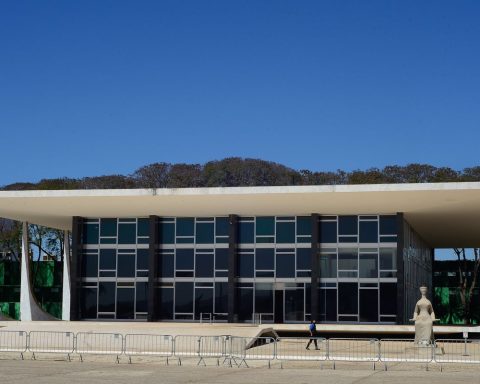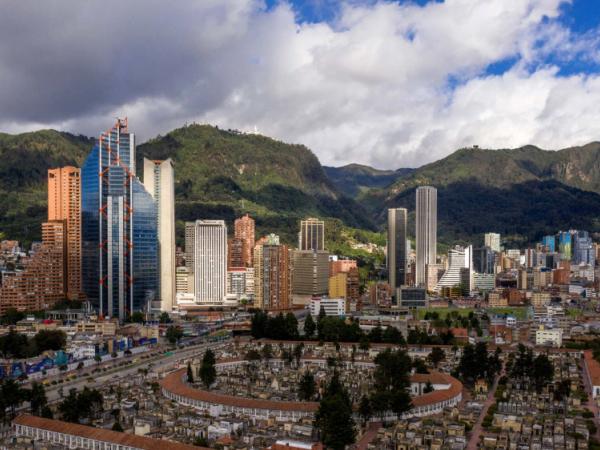The unemployment rate in Brazil reached 6.1%, with a decline of 0.5 percentage points (pp) in the quarter ended in November. According to the Brazilian Institute of Geography and Statistics (IBGE), it is the lowest rate in the Continuous PNAD historical series, which began in the first quarter of 2012. The drop is compared to the quarter from June to August, when it was 6.6 % and fell 1.4 pp compared to the same quarter in 2023, which was 7.5%.
The rate is equivalent to 6.8 million people looking for work in the country, which represents the smallest number since the quarter ended in December 2014. In one quarter, 510 thousand people were unemployed. Compared to the same quarter in 2023, 1.4 million people left the unemployed population.
The survey also indicated that the unemployment rate reached 8.8 percentage points below the record in the Continuous PNAD historical series, which was 14.9%, reached in the quarter ending in September 2020. The number of unemployed people is 55, 6% below the series record of 15.3 million, seen in the first quarter of 2021. Both periods were during the covid19 pandemic.
Occupation
Employed people totaled 103.9 million, a new record in the country. Before that, this population had fallen to the lowest number in the historical series, totaling 82.6 million in the quarter ended in August 2020. Since then, there has been an increase of 25.8%, equivalent to 21.3 million people per year. more in the job market.
With the performance of employment in the quarter ending in November, Brazil also has a record among employees in the private sector, which reached 53.5 million, and workers with a formal contract, which reached 39.1 million. In the public sector there were 12.8 million workers.
According to IBGE, again, the employment level, which is the proportion of people aged 14 or over who were working, was also a record high, reaching 58.8%.
“The year 2024 is on track to record records in the expansion of the Brazilian labor market, driven by the growth of formal and informal employees,” said IBGE Household Survey Coordinator, Adriana Beringuy.
Informality
Another piece of data from the survey concerns the number of employees without a formal contract, which did not change significantly in the quarter and remained at 14.4 million. The total number of self-employed workers increased by 1.8% in the quarter or 25.9 million and remained stable in the year.
At 38.7%, the informality rate is equivalent to 40.3 million workers. “This rate is slightly below that recorded in the previous quarter [38,8%] and was lower than that of the same period in 2023 [39,2%]”, informed the IBGE.
Groups
The increase in occupation was driven by four of the ten groups of activity investigated by the research. Industry rose 2.4%, that is, 309 thousand more people; Construction expanded by 3.6%, adding 269 thousand people; the Public Administration, Defense, Social Security, Education, Human Health and Social Services sector increased by 1.2%, adding 215 thousand people; and Domestic Services, with an increase of 3%, employed another 174 thousand people. According to IBGE, the sum of these economic activities represented a gain of 967 thousand workers in the quarter.
“The expansion of occupation through various economic activities has allowed both workers in elementary occupations and those in more advanced professional services to be in demand, expanding the general occupation level of the active population”, explained Adriana Beringuy.
In comparison with the same period in 2023, the increase was in seven groups: General Industry (3.6%, or more 466 thousand people), Construction (6.0%, or more 440 thousand people), Commerce, Vehicle Repair Motor Vehicles and Motorcycles (3.6%, or more 692 thousand people), Transport, Storage and Mail (5.8%, or more 322 thousand people), Information, Communication and Financial, Real Estate, Professional and Administrative Activities (4.4%, or more than 548 thousand people), Public Administration, Defense, Social Security, Education, Human Health and Social Services (4.4%, or more than 790 thousand people) and Others Services (5.0%, or more 270 thousand people).
“Together, these seven economic activities gained 3.5 million more workers, compared to the same period in 2023”, informed the IBGE.
In the same comparison, the group of Agriculture, Livestock, Forestry Production, Fishing and Aquaculture fell 4.4%, or 358 thousand fewer people, while the other groups remained stable.
Performance
The usual real income from all jobs reached R$3,285, and remained stable in the quarter, but showed growth of 3.4% in the year. The usual real income mass reached a new record, reaching R$332.7 billion. The increase is 2.1%, which represents an additional R$7.1 billion in the quarter and 7.2%, an additional R$22.5 billion, in the year.
In the quarterly comparison, only the Transport, Storage and Mail group recorded an increase in average income, of 4.7%, or more R$ 141. There were no significant variations in the average income of the other activity groups.
In the year, three activities saw an increase in income: Commerce, Repair of Motor Vehicles and Motorcycles (3.9%, or more R$102); Transport, Storage and Mail (7.8%, or more R$229) and Domestic Services (3.6%, or more R$43), with stability in the other groups.
Continuous PNAD
According to IBGE, the Continuous PNAD is the main one related to the workforce in Brazil. The sample covers 211 thousand households in 3,500 municipalities, visited every quarter. The survey is carried out by around 2 thousand interviewers, integrated into more than 500 IBGE agencies across the country.
“Due to the Covid-19 pandemic, IBGE implemented the collection of survey information by telephone from March 17, 2020. In July 2021, in-person collection resumed. It is possible to confirm the identity of the interviewer on the website Respondendo ao IBGE or via the call center (0800 721 8181), checking the interviewer’s registration number, ID or CPF, data that can be requested by the informant”, explained the IBGE.

















